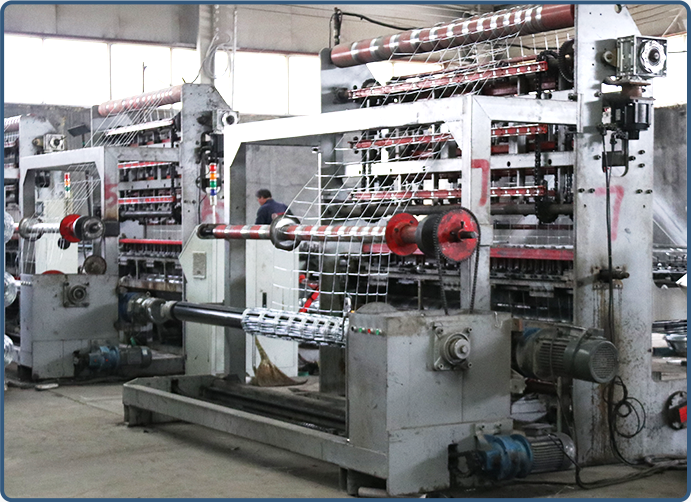Guide to Installing Steel Edging for Landscaping and Garden Borders
Nov . 30, 2024 16:13
Installing Steel Edging A Comprehensive Guide
Steel edging is a popular choice for landscaping, as it provides a solid, durable, and aesthetically pleasing border to gardens, driveways, and pathways. Unlike traditional materials, such as wood or plastic, steel edging can withstand the test of time and harsh weather conditions, making it an excellent investment for both residential and commercial landscapes. In this article, we will provide a comprehensive guide on how to install steel edging effectively.
Why Choose Steel Edging?
Steel edging is known for its strength, longevity, and sleek appearance. It offers a clean, modern look that complements various landscaping styles, from minimalist to rustic. Here are some reasons why you should consider installing steel edging
1. Durability Unlike wood, which can rot and warp, steel edging is resistant to the elements. It will not rust if properly coated, ensuring a long life. 2. Low Maintenance Once installed, steel edging requires minimal upkeep. Regular cleaning and occasional touch-ups are usually all that is needed.
3. Versatility Steel edging can be bent and shaped to create curves and geometric patterns, offering more design possibilities than rigid materials.
4. Environmental Impact Recycled steel is often used in manufacturing, making it an environmentally friendly option.
Tools and Materials Needed
Before you start your installation, gather the necessary tools and materials
- Steel edging sections - A measuring tape - A hammer or rubber mallet - A level - A shovel or edger - Landscape fabric (optional) - Stakes and connectors (if needed) - Safety gloves and eyewear
installing steel edging

Step-by-Step Installation Guide
1. Planning and Design Start by sketching your landscape layout. Decide where you want the steel edging to be installed. Mark the outline with spray paint or string to visualize the design.
2. Preparing the Area Clear the area of grass, weeds, and debris along the marked line. Use a shovel or edger to create a trench approximately 2-3 inches deep, making sure the bottom of the trench is level.
3. Cutting Steel Edging (if necessary) If you need to adjust the length of the edging, use a hacksaw or an angle grinder to cut the steel sections to your desired length. Make sure to wear protective gear when cutting.
4. Placing the Steel Edging Begin placing the first section of steel edging into the trench. Ensure the top edge is level with the ground. Use a rubber mallet to gently tap the edging into the ground, allowing it to settle into the trench. Continue this process for each section, connecting them as you go.
5. Securing the Edging For larger lengths or when working with curves, use stakes to secure the edging in place. Hammer the stakes into the ground while ensuring they are placed on the inside of the edging for added stability.
6. Backfilling Once all sections are installed, backfill the trench with soil. Make sure to compact the soil to provide additional support for the edging. If desired, you can lay landscape fabric behind the edging to prevent weeds from growing.
7. Finishing Touches Add mulch, gravel, or plants around the edging to enhance your landscape’s appearance. This will further stabilize the edging and create a seamless look.
Conclusion
Installing steel edging can elevate the beauty and functionality of your outdoor spaces. With proper planning and execution, you can achieve a professional-looking landscape edge that will last for years to come. By following this guide, you'll be well on your way to transforming your garden or yard into a well-defined, attractive area that enhances your property. Whether you’re a DIY enthusiast or a seasoned landscaper, steel edging is a worthwhile addition to any landscape design project.




















